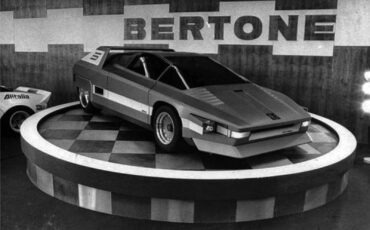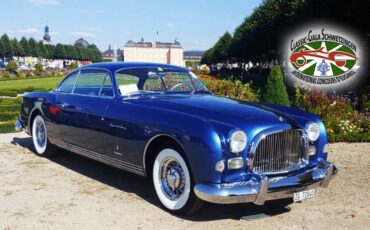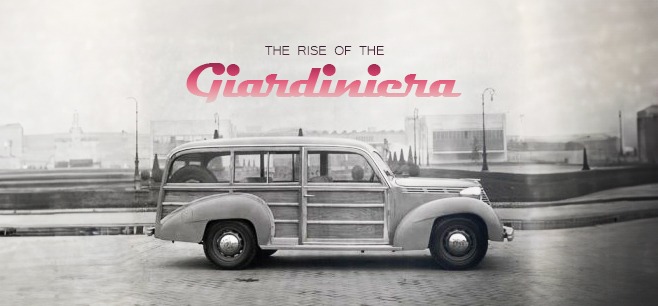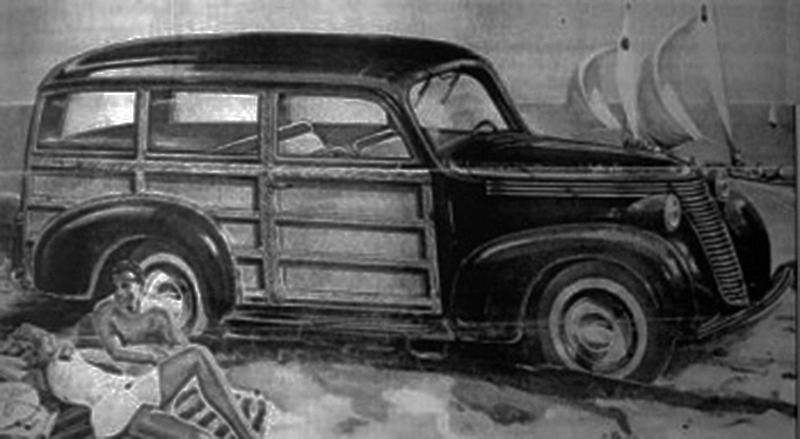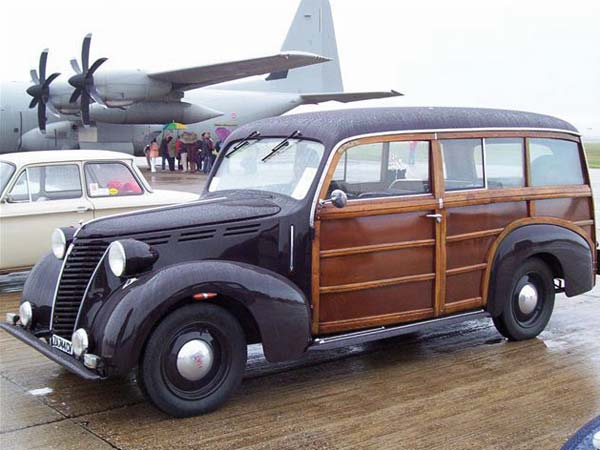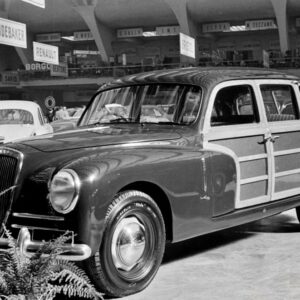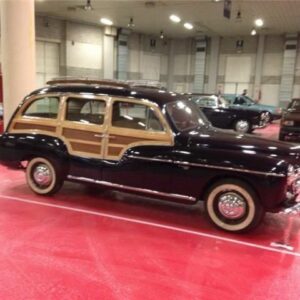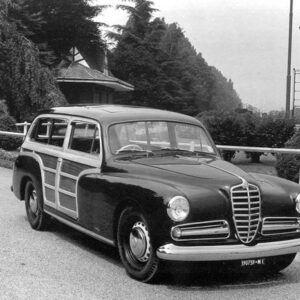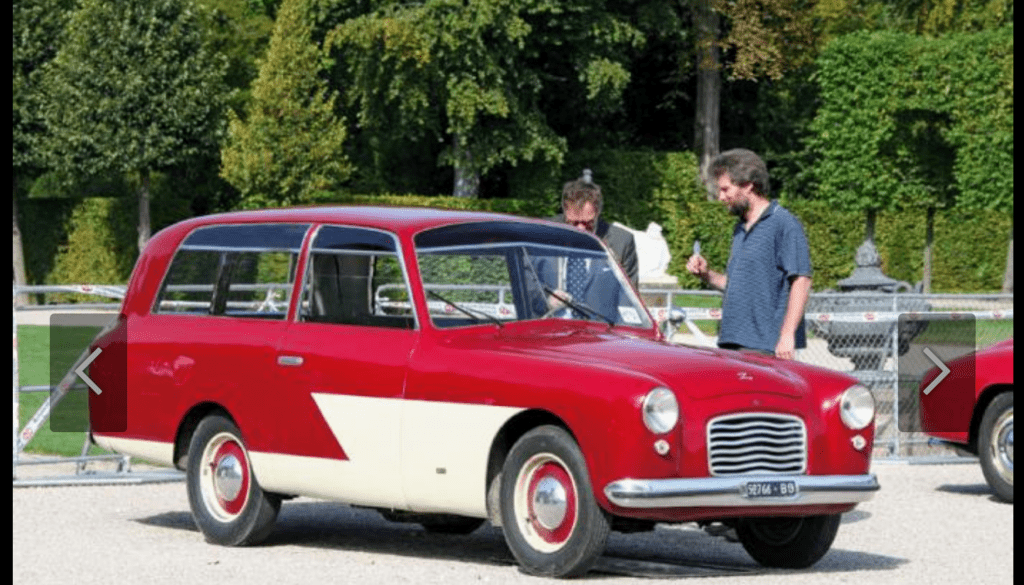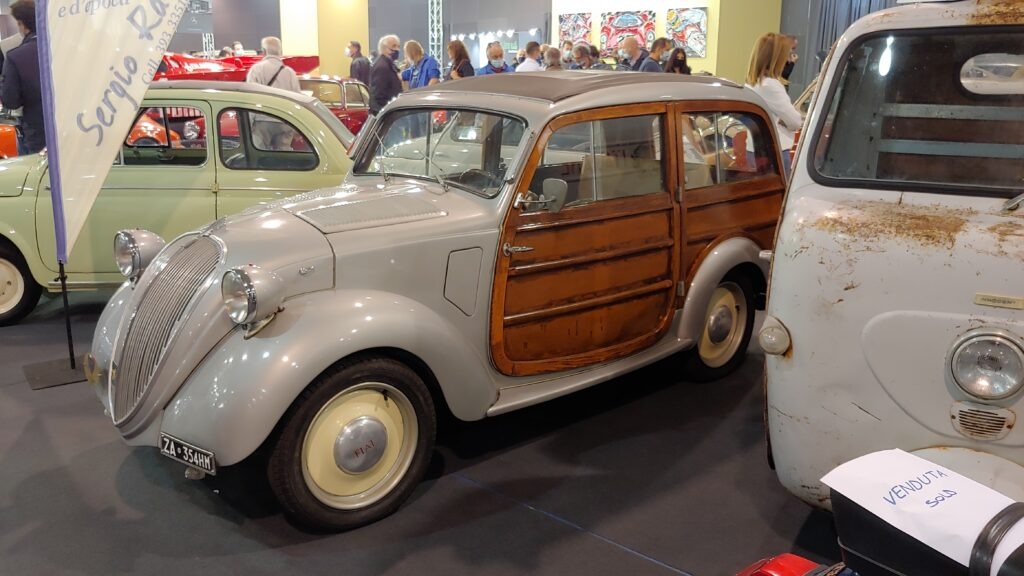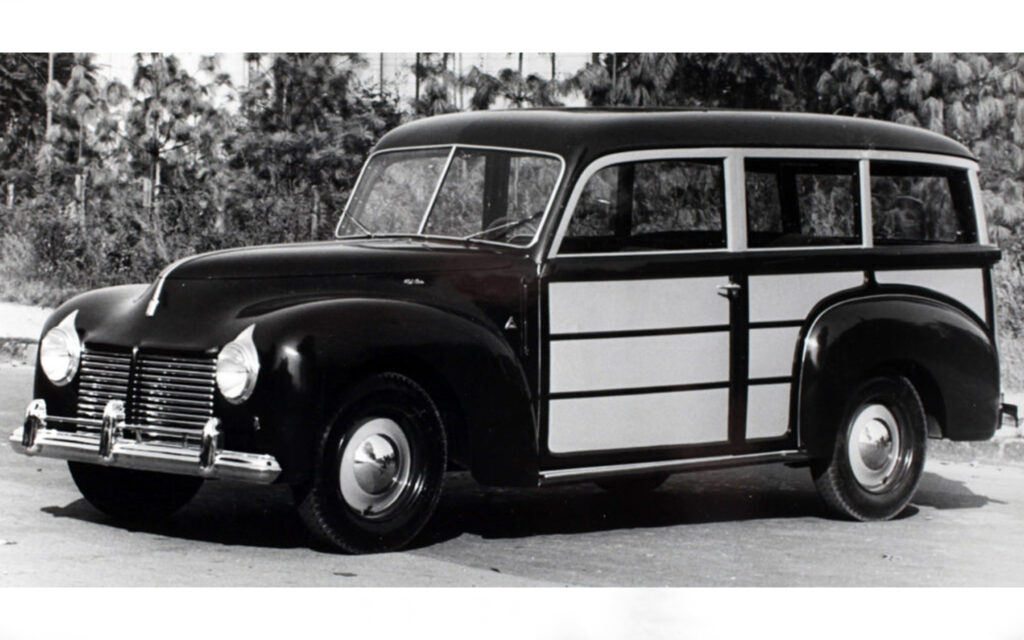Pininfarina, the venerable Italian design house, has left an indelible mark on the automotive world with its avant-garde concept cars. From the iconic Ferrari Modulo to the futuristic Pininfarina X, each creation embodies the brand’s commitment to pushing the boundaries of design and innovation. In this exploration, we delve into the top 20 greatest concept cars from Pininfarina, celebrating their beauty, performance, and lasting impact.
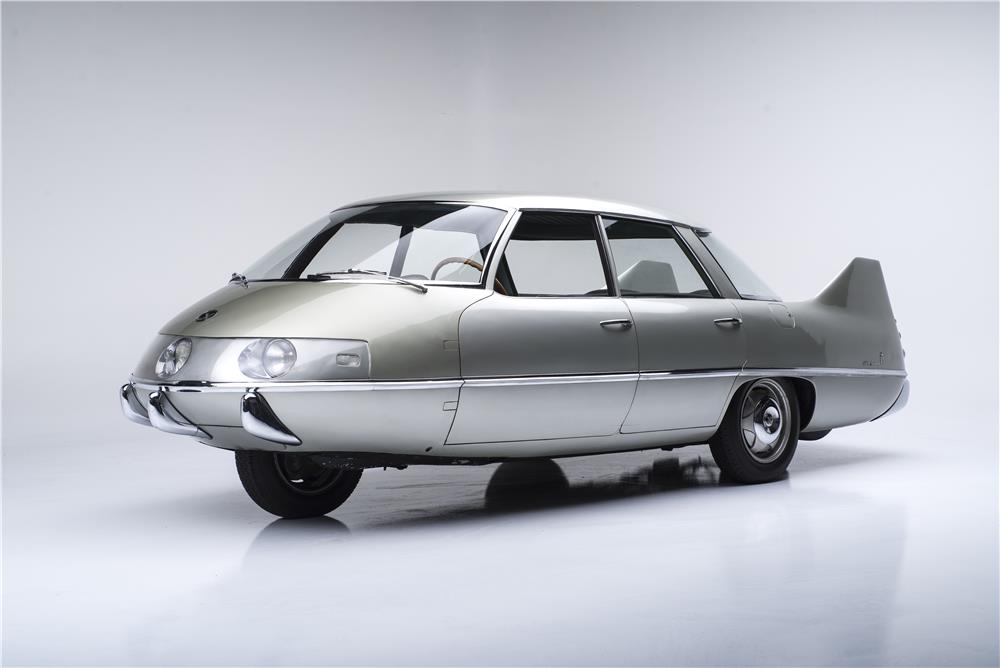
Pininfarina X (1960):
The Pininfarina X is a forward-thinking concept that showcases the brand’s exploration of futuristic design elements. Its unconventional shape and experimental features make it a symbol of Pininfarina’s commitment to pushing the boundaries of automotive aesthetics.
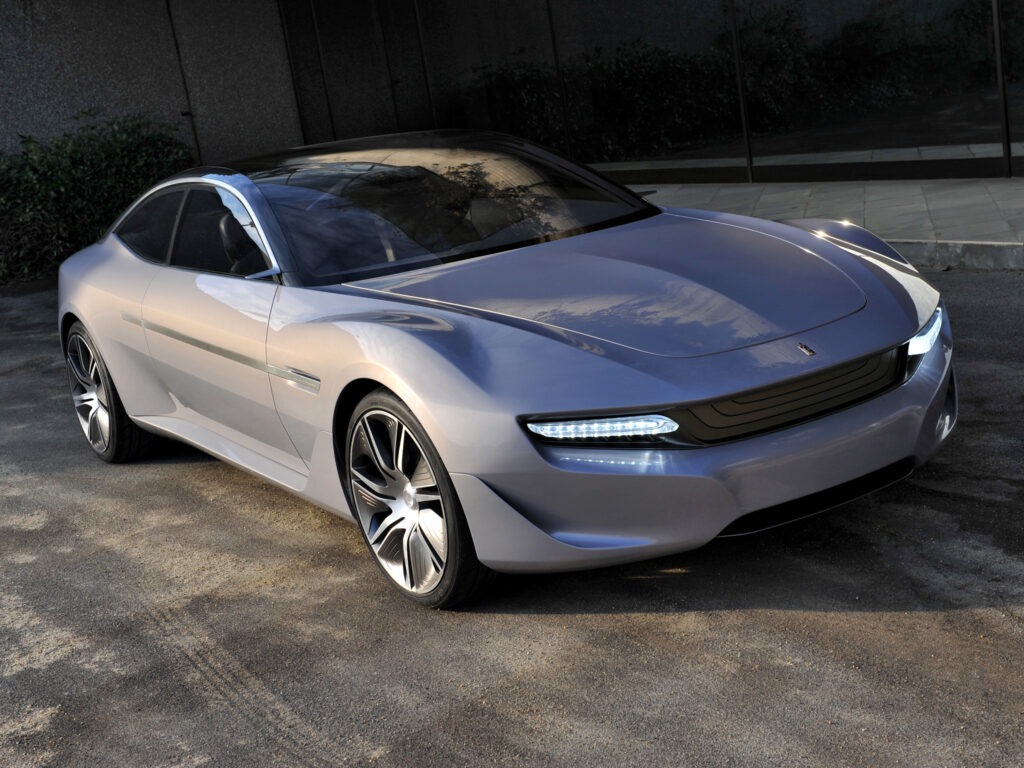
Pininfarina Cambiano (2012):
The Cambiano is an electric sports sedan that emphasizes sustainability without compromising luxury and performance. With its sleek lines and innovative powertrain, it represents Pininfarina’s vision for the future of electric mobility.
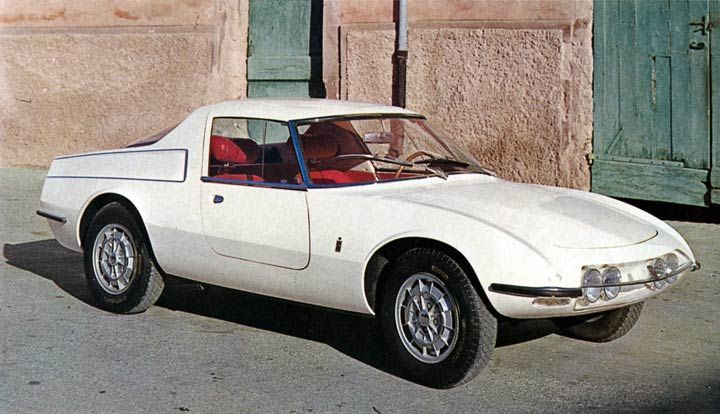
Abarth 1000 Coupé Speciale (1966):
The Abarth 1000 Coupé Speciale is a compact and agile concept that embodies the spirit of Abarth’s performance heritage. Its distinctive design and lightweight construction highlight Pininfarina’s dedication to creating nimble and spirited vehicles.
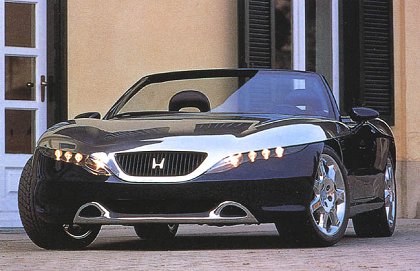
Honda Argento Vivo (1995):
The Argento Vivo is a collaboration between Pininfarina and Honda, showcasing a futuristic design with a focus on aerodynamics. Its innovative features and bold styling made it a standout concept during its time.
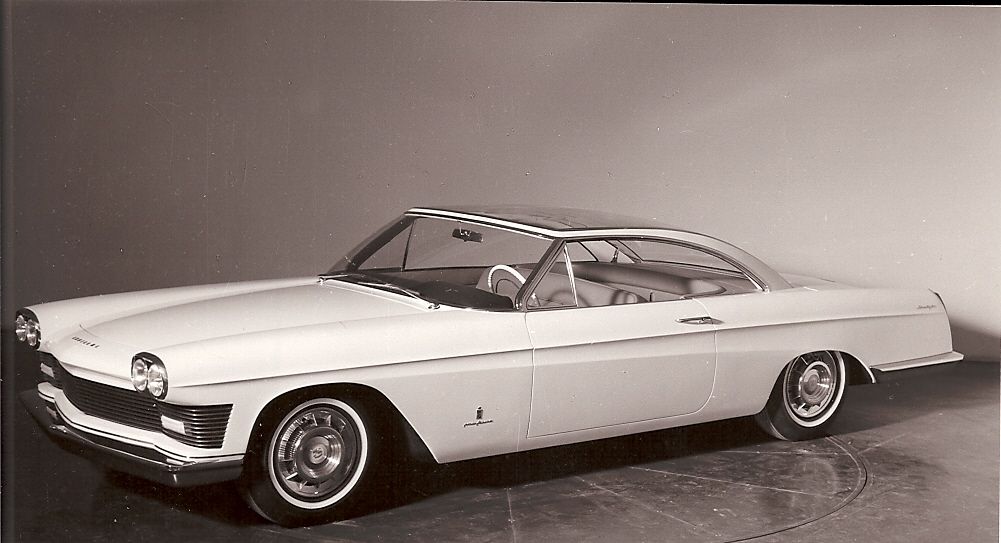
Cadillac Starlight (1959)
The Cadillac Starlight is a concept car that exudes luxury and innovation. Its unique bubble roof and futuristic design elements make it a standout in automotive history, emphasizing Pininfarina’s ability to blend American grandeur with European sophistication.
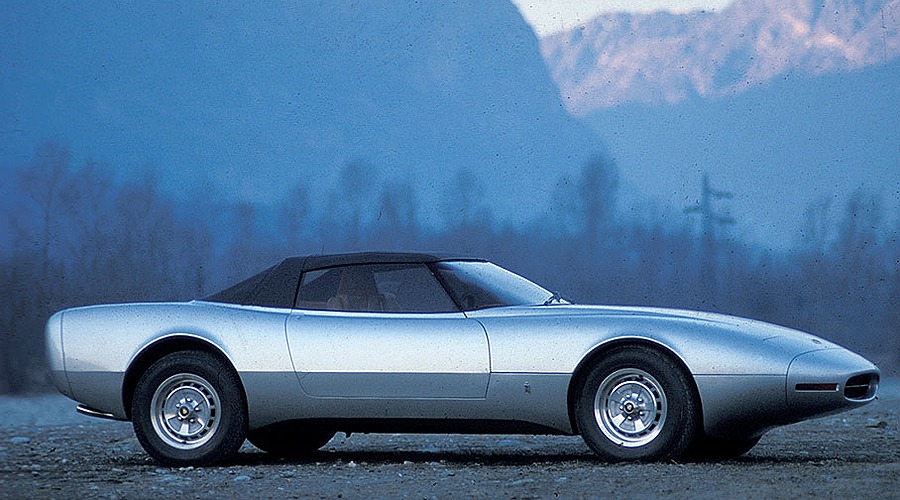
Jaguar XJ Spider Pininfarina (1978):
The XJ Spider is a testament to Pininfarina’s ability to transform luxury sedans into striking open-top roadsters. Its sleek lines and timeless design highlight the brand’s skill in reimagining classic models.
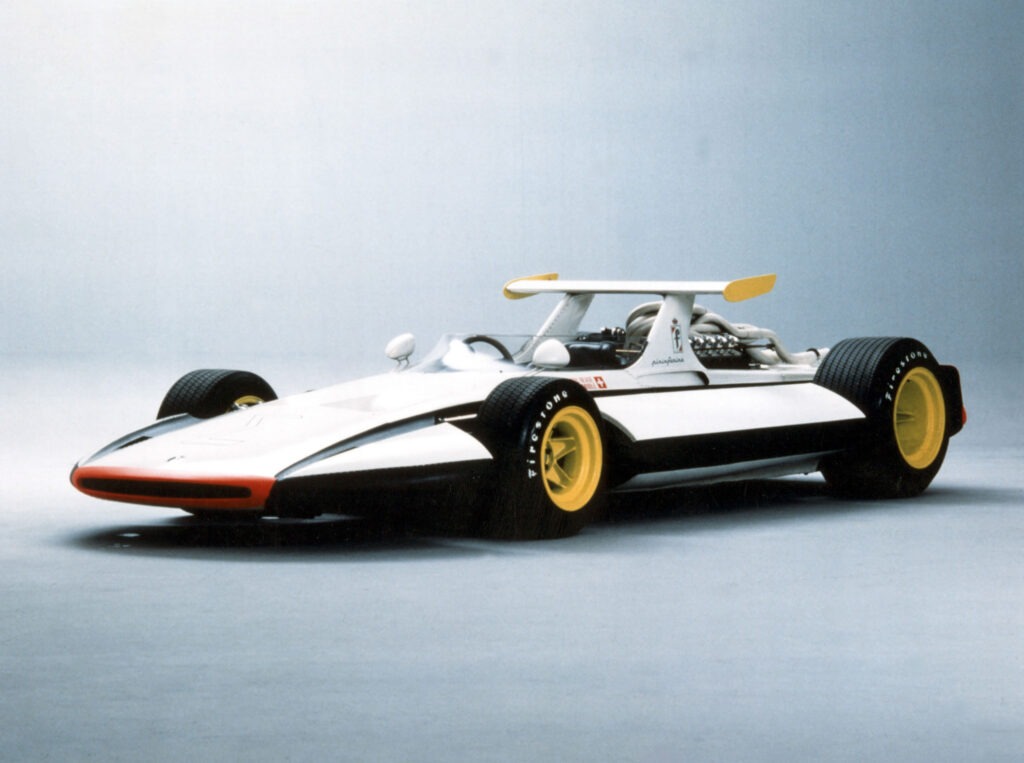
Pininfarina Sigma Grand Prix (1969):
The Sigma Grand Prix concept is a vision of the future of Formula 1 cars. With its aerodynamic shapes and futuristic design, it showcased Pininfarina’s ability to innovate in the high-performance racing realm.
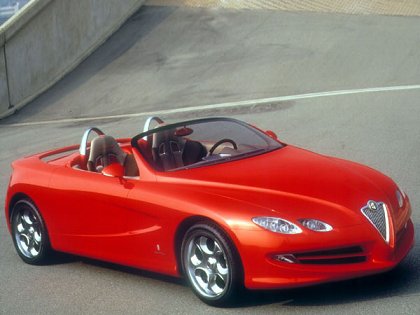
Alfa Romeo Dardo (1998):
The Dardo concept is a sporty coupe that exudes aggression and sophistication. Its aerodynamic lines and dynamic profile reflect Pininfarina’s dedication to creating cars that not only perform but also captivate onlookers.
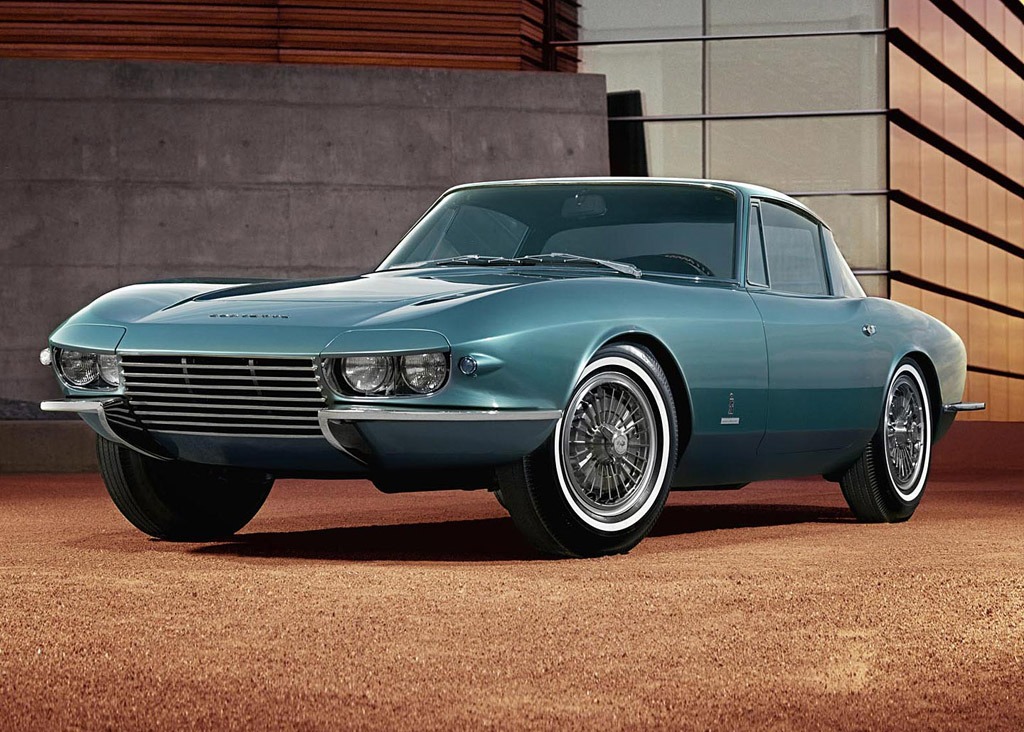
Chevrolet Corvette Rondine (1963):
The Corvette Rondine is a one-off concept that showcases Pininfarina’s touch on an American classic. Its refined design and European flair transformed the Corvette into a sophisticated grand tourer, highlighting the brand’s global design influence.
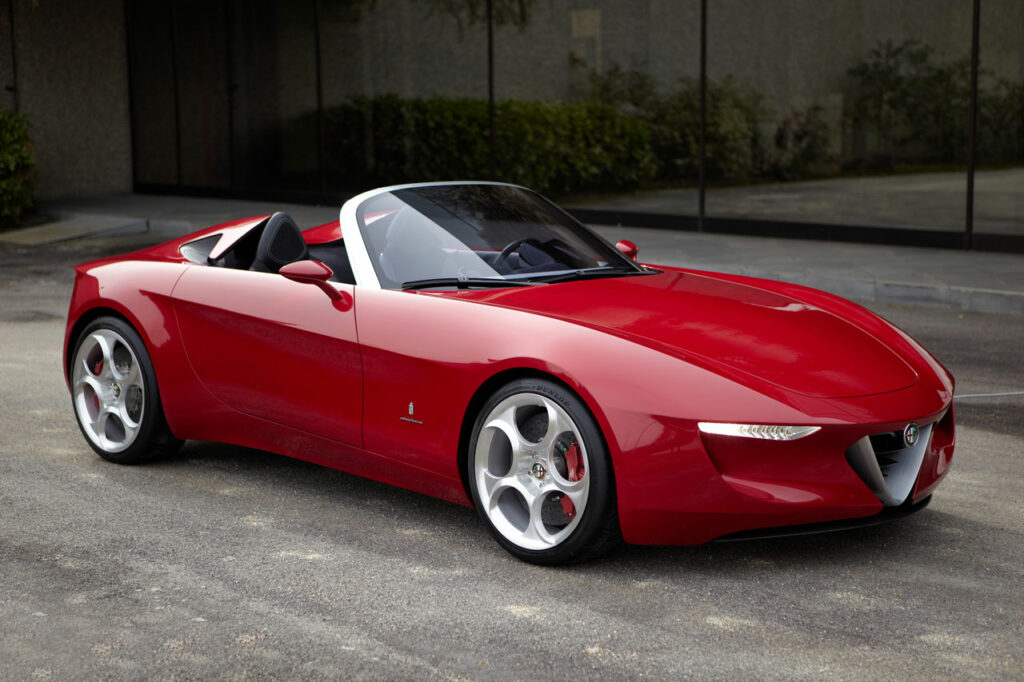
Alfa Romeo Duettottanta (2010):
Celebrating Alfa Romeo’s 80th anniversary, the Duettottanta is a breathtaking roadster that blends classic Alfa Romeo styling with modern design elements. Its timeless elegance pays homage to the brand’s rich heritage.
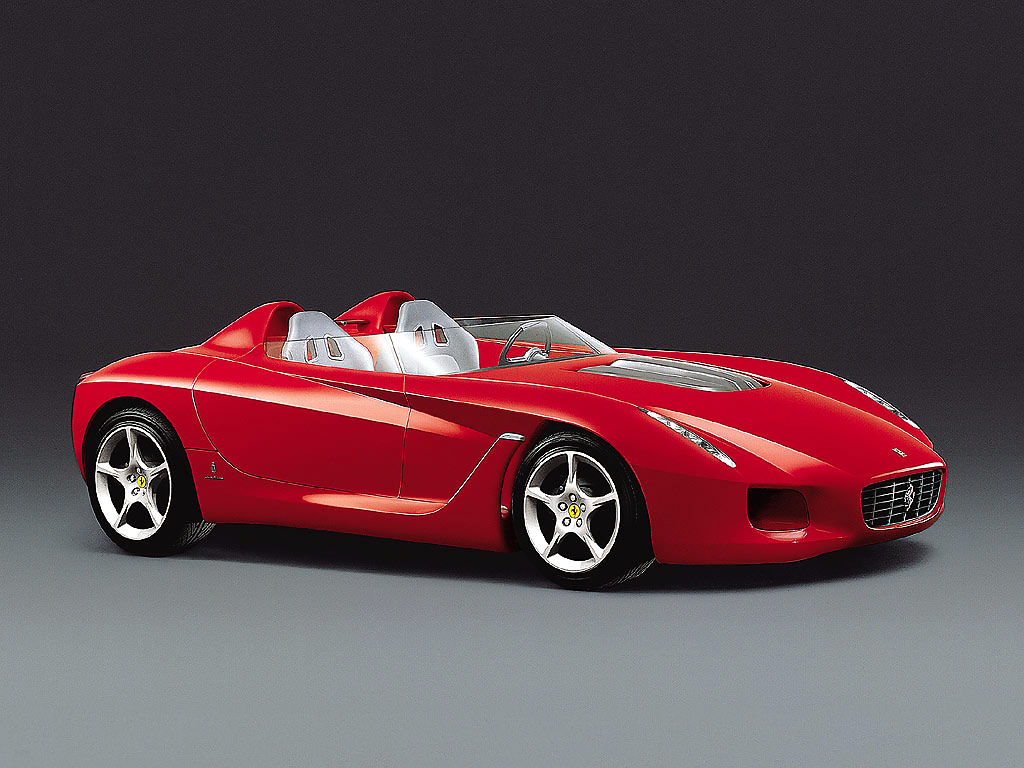
Ferrari Rossa (2000):
Based on the Ferrari 550 Maranello, the Rossa is a vision of open-top motoring. Its minimalist design and exposed wheels celebrate the essence of classic racing cars, showcasing Pininfarina’s versatility in creating timeless pieces.
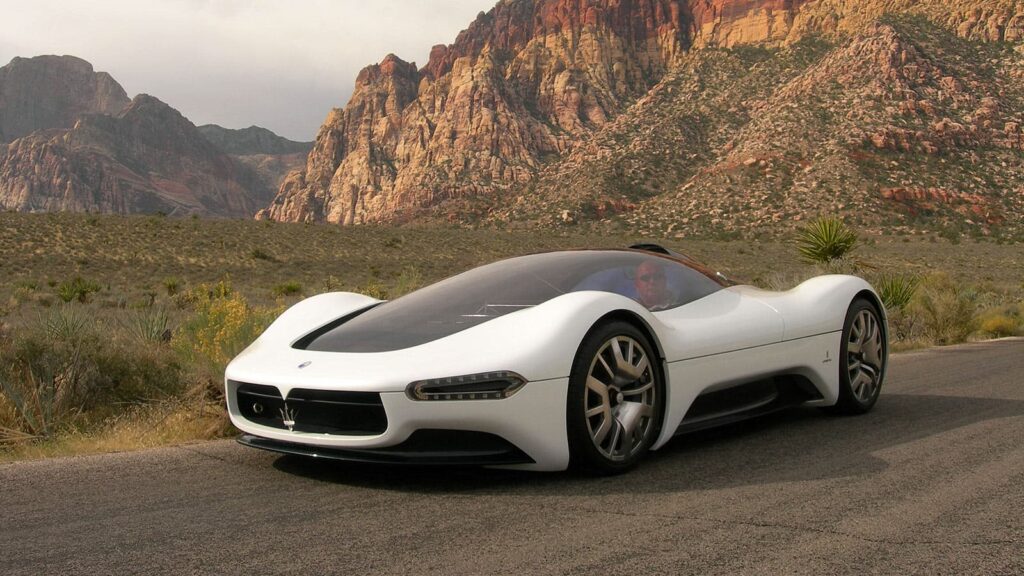
Maserati Birdcage 75th (2005):
The Birdcage 75th concept pays homage to Maserati’s racing heritage with a futuristic twist. Its carbon fiber body and unconventional design make it a true testament to Pininfarina’s ability to marry tradition with innovation.
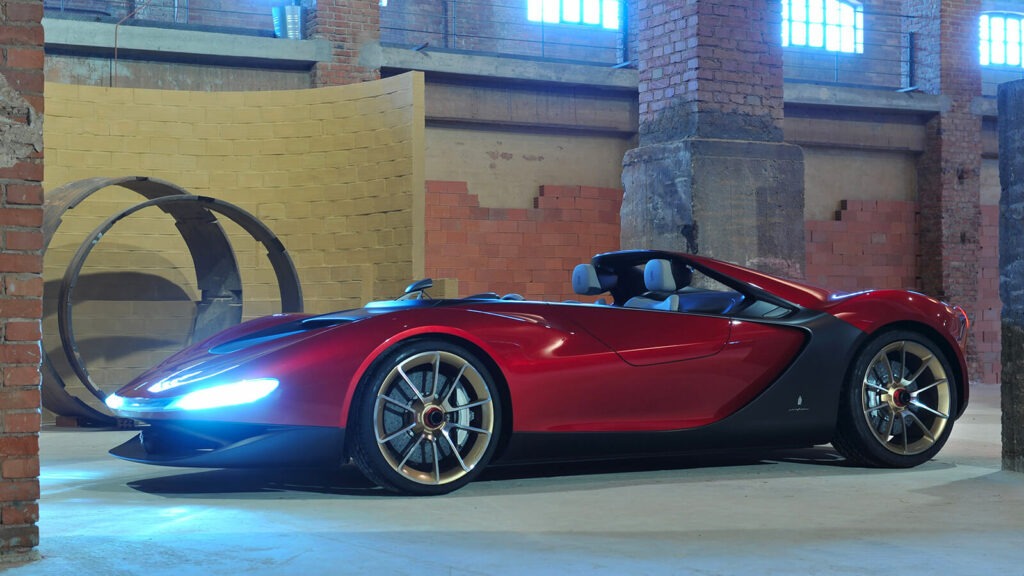
Ferrari Sergio (2013):
Paying tribute to Sergio Pininfarina, the Sergio concept captivated enthusiasts with its bold design and performance. Based on the Ferrari 458 Spider, it combined aerodynamic excellence with a stunning aesthetic, showcasing Pininfarina’s ability to merge form and function seamlessly.
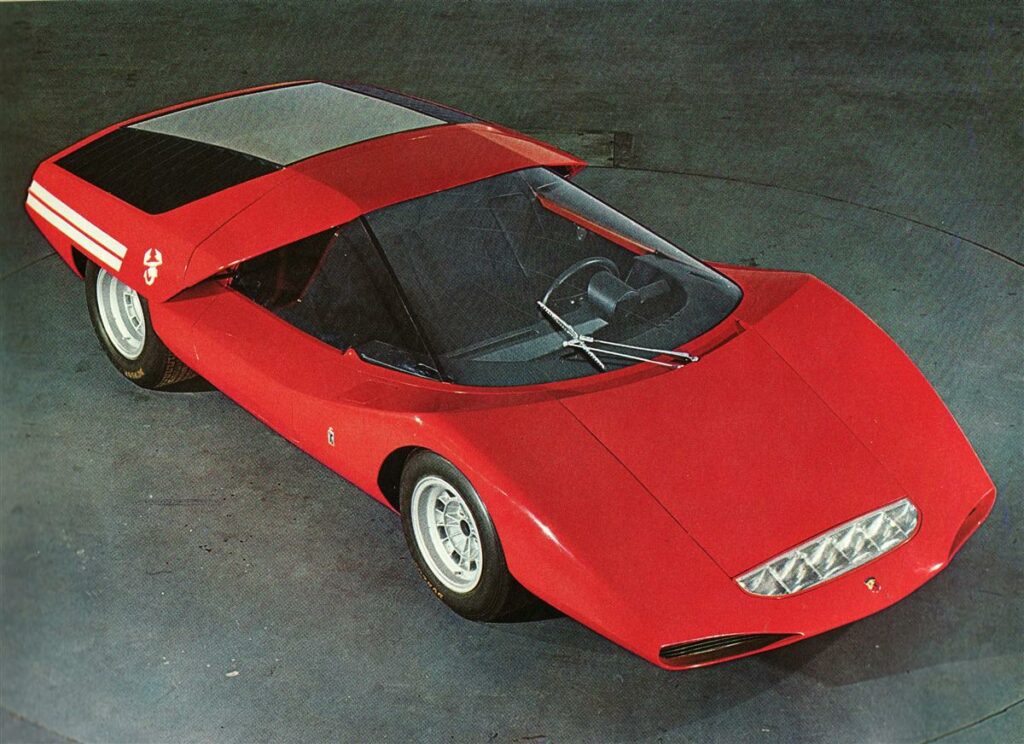
Abarth 2000 Scorpione (1969):
The Abarth 2000 Scorpione is a compact sports car that embodies the spirit of racing. Its aggressive styling and powerful performance underscore Pininfarina’s influence in shaping the world of motorsports.
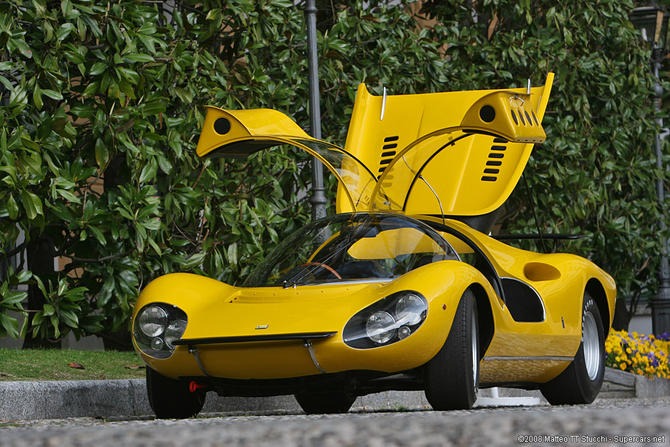
Ferrari Dino 206 Competizione (1967):
The Dino 206 Competizione is a prototype that showcases Pininfarina’s contribution to the iconic Dino lineage. With its sleek profile and aggressive stance, it foreshadowed the design language that would define future sports cars.
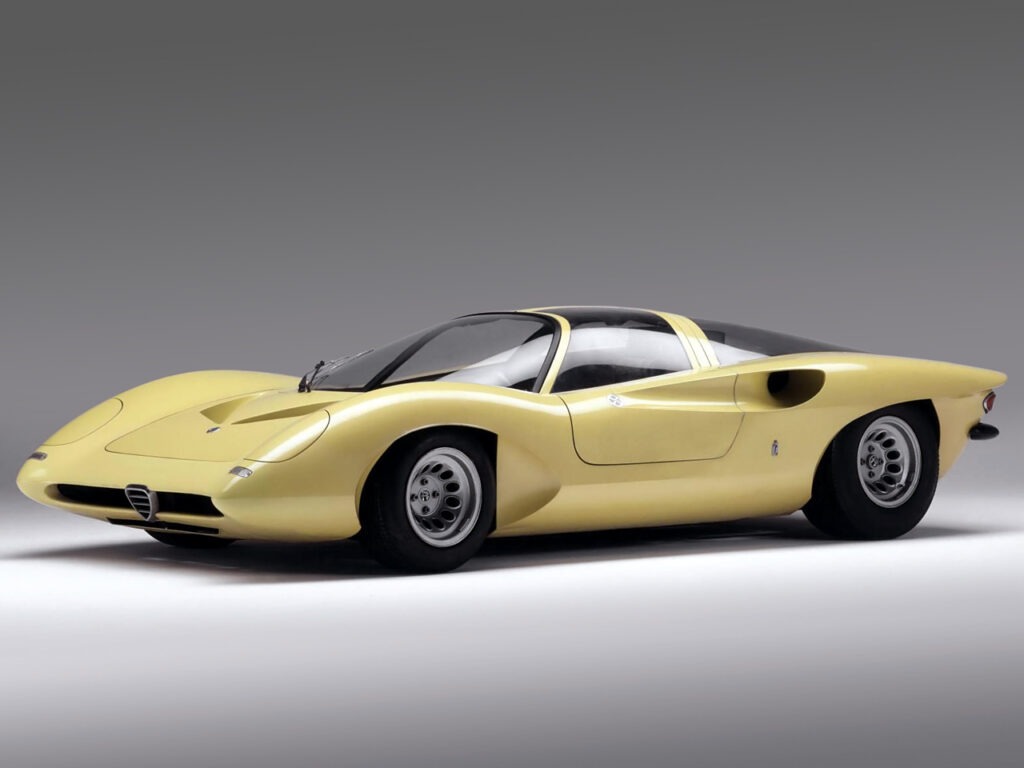
Alfa Romeo 33/2 Speciale (1969):
The 33/2 Speciale is a mid-engine prototype that captured attention with its bold design and aerodynamic prowess. As an early example of Pininfarina’s foray into unconventional layouts, it paved the way for future innovations.
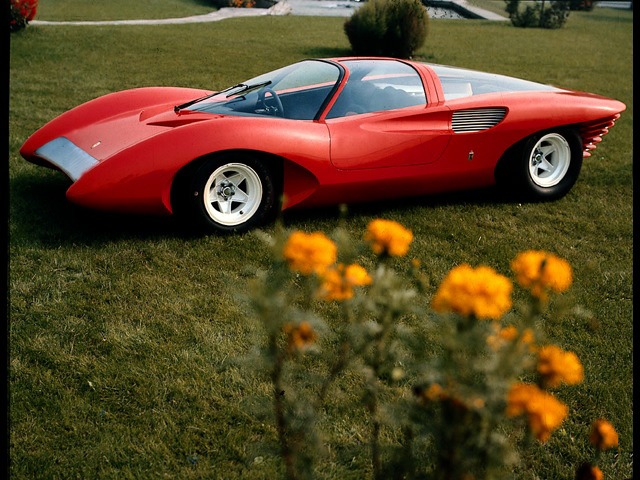
Ferrari 250 P5 (1968):
The 250 P5 is a concept car that combines the elegance of a grand tourer with the performance of a sports car. Its flowing lines and distinctive headlights make it a timeless piece in Pininfarina’s design portfolio.
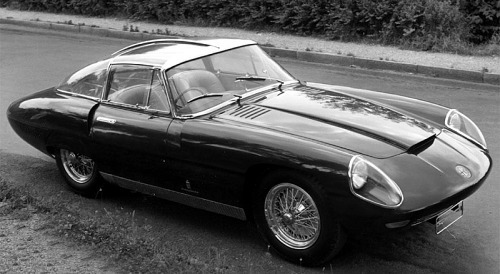
Alfa Romeo Super Flow IV (1960):
The Super Flow IV is an exquisite concept car that exemplifies Pininfarina’s mastery in crafting elegant and luxurious vehicles. Its flowing lines and attention to detail make it a timeless representation of Italian automotive design.
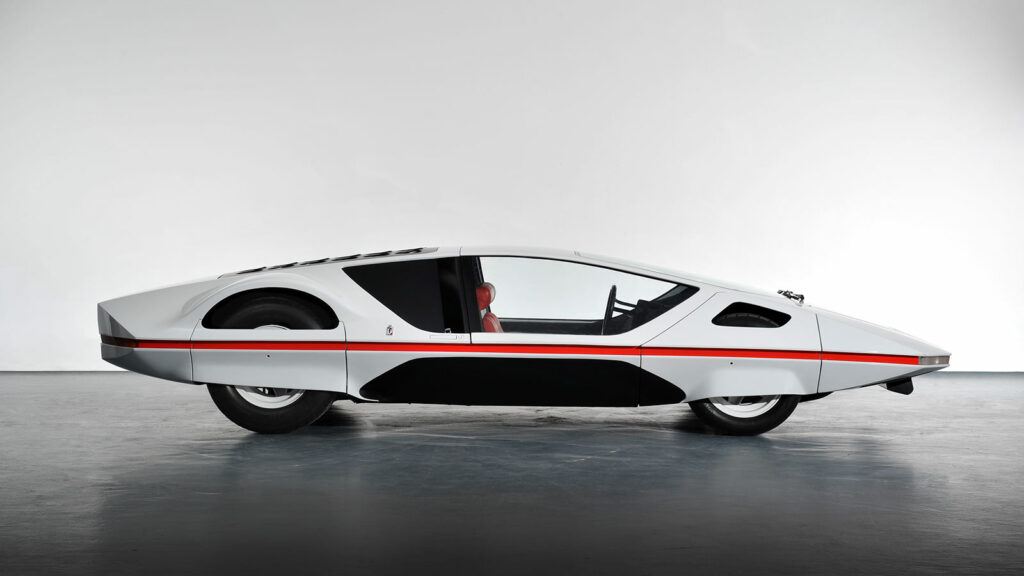
Ferrari Modulo (1970):
The Ferrari Modulo is an automotive icon, known for its futuristic wedge-shaped design. With a canopy-like roof and a low-slung profile, it redefined the concept of supercars and set the stage for Pininfarina’s prowess in shaping the future of automotive design.
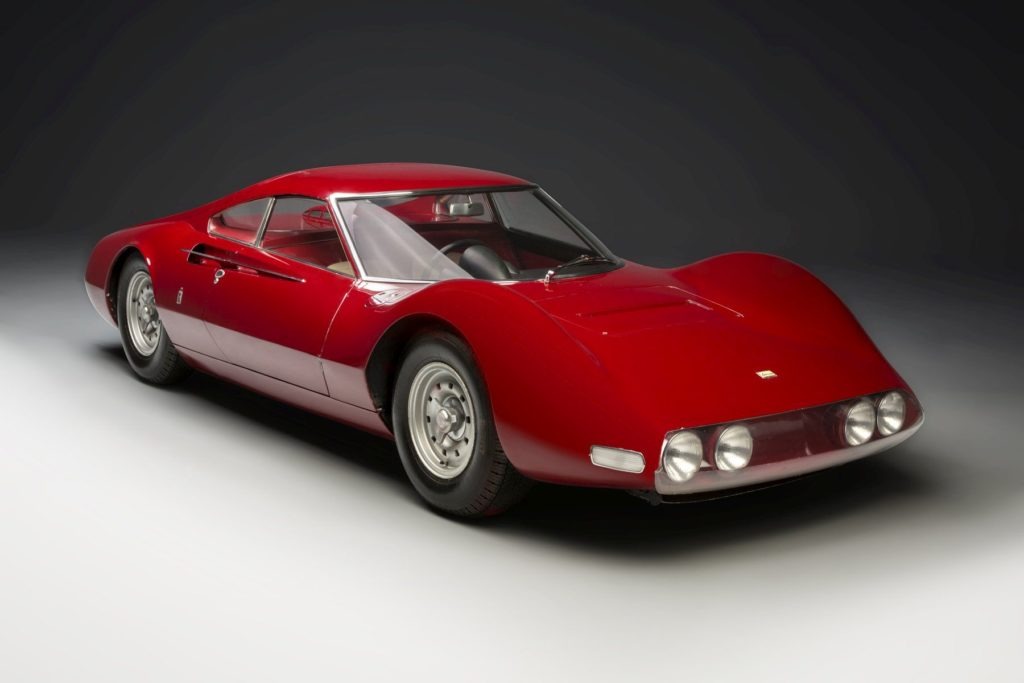
Ferrari Dino Berlinetta Speciale (1965):
The Dino Berlinetta Speciale is a concept that exemplifies Pininfarina’s collaboration with Ferrari. Its sleek lines and aerodynamic features contribute to the enduring allure of the Dino series, showcasing the timeless synergy between the two iconic brands.
Pininfarina’s top 20 concept cars represent a journey through decades of automotive innovation, showcasing the brand’s ability to shape the future of design and performance. From the groundbreaking Ferrari Modulo to the futuristic Pininfarina X, each concept car is a testament to the enduring legacy of this iconic design house. As Pininfarina continues to redefine the boundaries of automotive excellence, these concepts remain timeless symbols of innovation, elegance, and the pursuit of automotive perfection.

